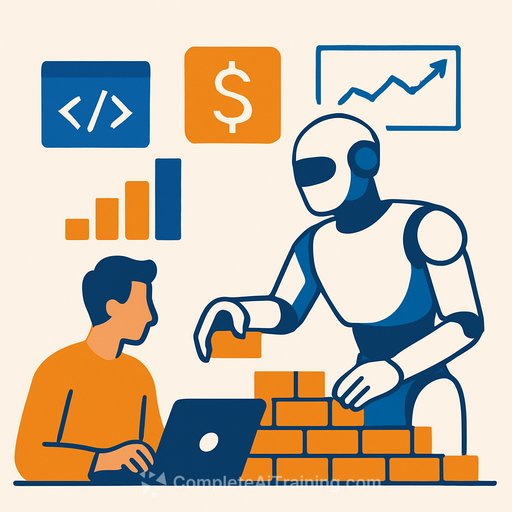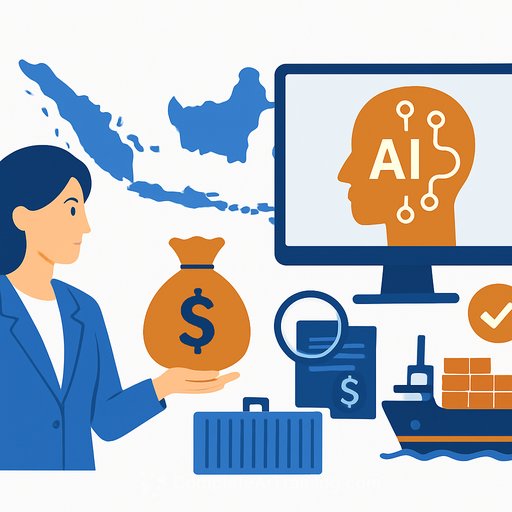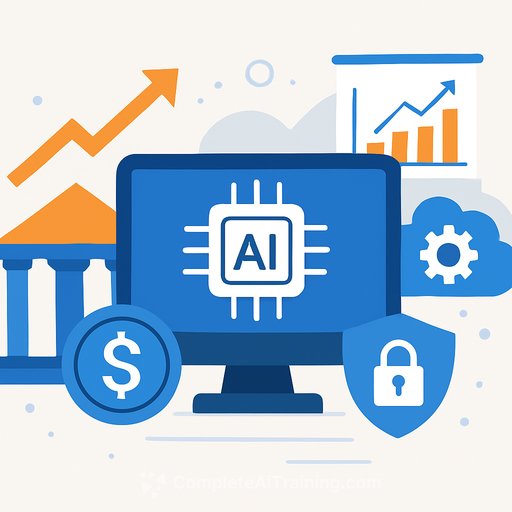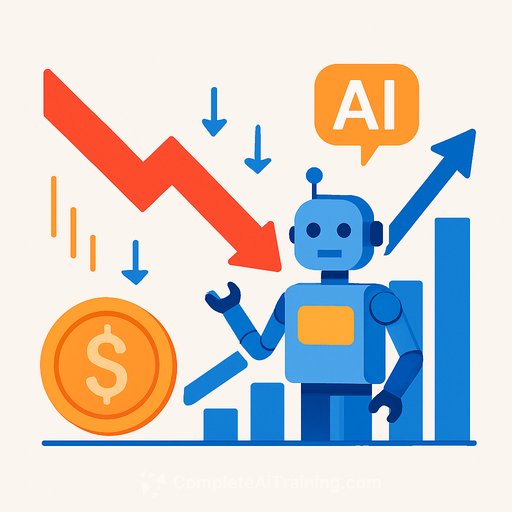Model ML is Helping Financial Firms Rebuild with AI from the Ground Up
Model ML is changing how financial services firms operate by building AI infrastructure that automates workflows and research. Their platform features agents and applications that streamline complex processes end-to-end. We explore insights from Chaz Englander, CEO and co-founder of Model ML, on how AI advances are reshaping finance teams and operations.
Early Encounters with AI that Sparked Model ML
Chaz Englander and his brother initially built Model ML to automate their own investment workflows in their family office. Powered by GPT-3.5, they experienced the leverage of a large team with just a few people. The automation of research workflows revealed significant efficiency gains, prompting them to launch the platform commercially.
Transformations Inside Financial Services Firms
Tasks that once took weeks can now be completed in hours or minutes. For example, preparing quarterly earnings summaries is fully automated—from data collection to slide formatting and publishing—without human input. This shift is changing how firms think about where human effort adds value.
Firms are moving employees into higher-value roles focused on judgment and strategy. Leaders are restructuring organizations with an AI-native approach, often with guidance from Model ML on where AI applies best today and in the near future.
Rather than replacing people, AI automation is enabling teams to concentrate on relationships and strategic thinking. The firms that adapt their operating models to leverage this shift will come out ahead.
What Sets Model ML Apart from General AI Tools?
Financial services demand accuracy, compliance, and seamless workflow integration—areas where general AI tools fall short. Model ML was built specifically for finance, with two key layers:
- Agent layer: Custom systems designed to handle structured and unstructured financial data from sources like SharePoint, Capital IQ, FactSet, and Crunchbase, managing terabytes of complex data.
- Application layer: User interfaces tailored for finance that enable automation of complete workflows and advanced analysis.
Just a year ago, building agents to work with such large, complex datasets was nearly impossible. Now, these agents understand data schemas, write code, and retrieve relevant information autonomously.
Model ML supports thousands of use cases, with new ones emerging constantly. Every new AI model release, including OpenAI’s GPT-4.1 and o3-pro, has driven significant improvements in reasoning, multimodal inputs, instruction following, and tool integration. This allows users to automate entire workflows from data gathering to analysis and presentation without manual intervention.
Looking Ahead: What’s Next in the Next 12 Months?
The biggest upcoming change is full end-to-end workflow automation. Systems will act as control towers, managing an expanding network of digital workers. This will affect not only software but also how users interact with technology.
Model ML is building autonomous agents capable of executing complex, multi-step workflows across multiple data sources—CRMs, emails, files, external data, and meeting transcripts. These agents will anticipate tasks and operate automatically on schedules or in response to events.
Outputs will include substantial deliverables such as detailed presentations created entirely by AI—faster, more consistent, and available around the clock. Autonomous digital teams running core business workflows are on the horizon.
Staying Agile Amid Fast AI Developments
Model ML embraces a flat organizational structure with many direct reports, enabled by AI-assisted meetings and task management. This approach shortens feedback loops and accelerates product development.
The company prioritizes integrating improvements from the AI ecosystem rather than maintaining all infrastructure internally. For example, they now use OpenAI’s Agent SDK and MCP tooling for agent loops and integrations, allowing the team to focus on delivering customer value instead of reinventing foundational technology.
Model ML’s platform runs on OpenAI’s API platform, including GPT-4.1 and the Agents SDK, powering its agents, automations, and internal tools.
For finance professionals interested in upgrading their AI skills and understanding how such tools can impact their work, exploring specialized training can provide a competitive edge. Resources like Complete AI Training’s finance AI tools offer practical guidance to get started.
Your membership also unlocks:






